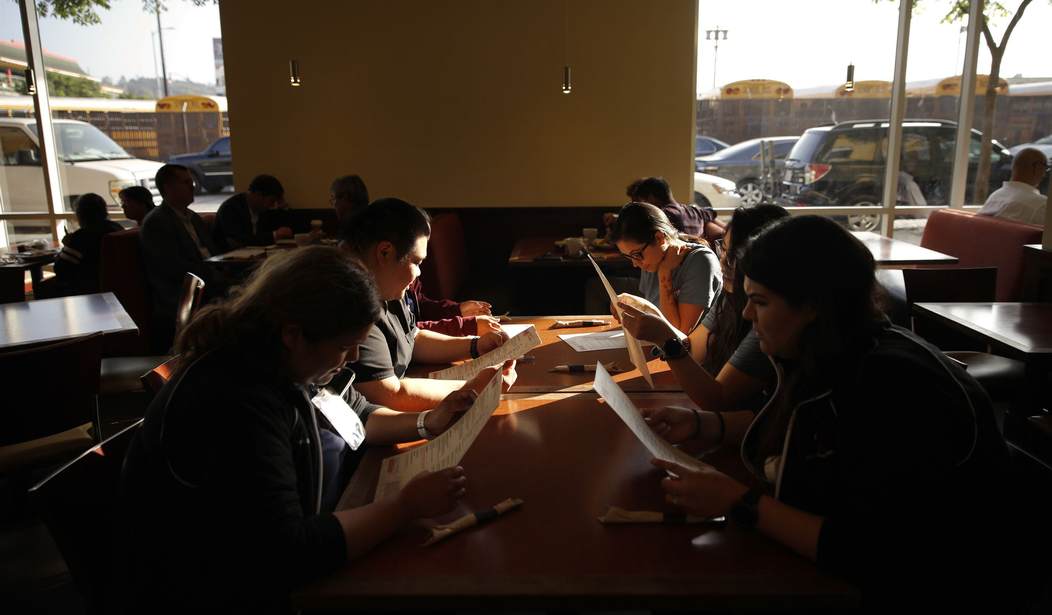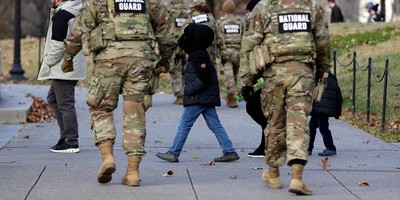After a month of sheltering in place, hundreds of millions of Americans will soon emerge from the new “normal.” Georgia, Colorado, and Alaska (among other states) are giving their residents some freedom to return to their old lives, with many “non-essential” businesses resuming operations. Plenty of public health advocates are concerned and have raised legitimate questions about the timing of such policies. But, done right, a cautious re-opening of America can lay the groundwork for renewed prosperity and lead to better health outcomes than continued, blanket stay-at-home orders. And a robust system of American federalism allows states to emulate best practices and learn from failed policies. With prudent practices and state-centric experimentation, America can finally get past the Coronavirus crisis.
For the beleaguered residents of New York and Washington, D.C., it’s hard to see life-as-we-knew-it returning anytime soon. There’s a very different reality for state citizens of, say, Alaska, who are already distancing themselves from social distancing. On April 24, Anchorage restaurants resumed dine-in services albeit under a series of strict stipulations agreed to by the city and state. Anchorage Daily News reports, “You can only go to a restaurant as a household, with no other guests at your table. And you have to make a reservation first — no walk-ins allowed…Restaurants can only be filled to 25% of their capacity at once.” Furthermore, restaurants are required to have a logbook with names and phone numbers of patrons over a month-long period to aid with track-and-trace efforts.
Colorado has opted for a more restrictive route, continuing to restrict restaurants to delivery and carry-out pending further progress against COVID-19. But under Governor Jared Polis’ (D) “Safer at Home” initiative (a phase of his larger response plan), services such as childcare, hair salons, and tattoo parlors started to re-open on April 27. Teleworking is still strongly encouraged, while many offices re-open to half capacity.
Pundits, public officials, and Twitter denizens have wasted little time arguing about these re-opening plans. Thanks to a poisonous political environment that long predates the current crisis, these debates are much worse than they need to be. While it’s tempting and politically gratifying to lump Alaskan and Coloradan state officials with the protests that have popped up across the country, there’s a wide spectrum of different approaches to re-open America. One extreme is pretending the Coronavirus doesn’t exist anymore and going about our lives as if nothing happened.
Recommended
This approach, demanded by some protestors, would likely result in a second wave of the deadly disease and necessitate further quarantines. Continuing a lockdown indefinitely would also spell economic disaster for millions of American households. George Mason University economist Dr. Tyler Cowen notes, “If we keep the economy closed at current levels, it will continue to decay, and at some point turn into irreversible, non-linear damage. No one knows when, or how to model the course of that process. That decay also will eat into our future public health capacities, and perhaps boost hunger and poverty around the world.”
There is little choice other than to try out different approaches to slowly but surely re-open the country. Dozens of states can come up with dozens of different, educated guesses about whether, say, allowing 50 percent restaurant capacity makes more sense than permitting 25 percent capacity. That’s the advantage of federalism – states can learn from each other’s successes and failures. Along the way, the federal government must adopt permissive policies that keep families and businesses informed and safe. For example, by approving more at-home testing, the U.S. Food and Drug Administration can empower consumers to let restaurants and salons know that it’s safe to serve them.
Ultimately, federal, state, and public health officials have little idea what’s next or the “right” way to proceed. But America will decay and suffer by embracing one extreme of indefinite, complete isolation or the other of Coronavirus denialism. The middle road is the best one, and federalism can chart the course.

























Join the conversation as a VIP Member